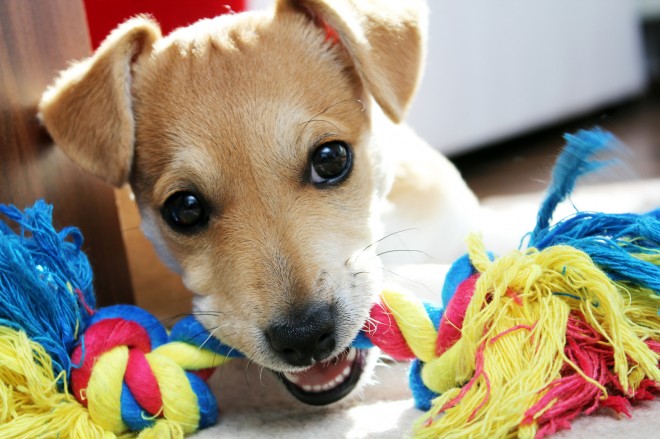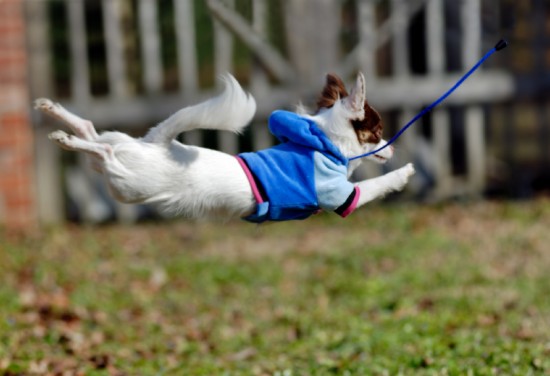
In what circumstances is it necessary to stay that a dog is unbearably aggressive? Dog owners will read in this article the reasons as to why a dog that is a chronic foot-nipper is not really aggressi...
In what circumstances is it necessary to stay that a dog is unbearably aggressive? Dog owners will read in this article the reasons as to why a dog that is a chronic foot-nipper is not really aggressive, but definitely in need just the same of some Havanese training.
One reason for worry here is that even if a lot of dog owners notice signs of growing threatening behavior, nothing is done until the dog launches out for a bite. While there is cause to call the biting as aggression, why is it that in the first place the previous warning signs displayed by the dog were ignored?
So the important idea here is to put importance and care in choosing a trainer. This really needs to be done however intense the behavior of the dog is, or how is the emotional climate at home.
But what are dog owners suppose to look for in a trainer? Experience is important, yes. Someone in the business for twenty years already can say stuff that will outweigh those of someone else with only five years' experience. But that does not settle yet the issue of who to hire.
Methodology, the next element in a fair criteria, is as important as experience. There are roughly two schools of thought when a person needs to work with aggression issues. The first carries the message of "physically showing the dog who is alpha" and "not letting the dog get away with disobedience." Dogs do need leadership, but what this persuasion believes in is that dogs specifically need to be dealt with through a strong-arm approach. As a result, the dog is likely not going to act out the unwanted behavior whenever the trainer of this type of strategy is around. But what is glaring is that the concern stays for the long run. "An eye for an eye" simply hides the symptoms rather than addresses them head on, which may mean that the dog expresses its feelings in some other way that may be harmful.
The second approach can be called "Solving the underlying problem." The next time a dog displays aggressive behavior toward people, the dog will not receive a jerk on the collar or will not get punished for the behavior. Rather, the dog will be taught through a Havanese training process not to be skittish and-or defensive when meeting new people. In fact, who would suspect that a huge percentage of aggression cases turn out to be fear-based. Moreover, displays of aggression actually disappear as a dog grows in security.
Article Tags: Havanese Training
 Great Pyrenees Grooming Tips – Special Techniques for Large Breed Dogs
Great Pyrenees Grooming Tips – Special Techniques for Large Breed Dogs
 How To Encourage A Shy Or Quiet Dog To Play
How To Encourage
How To Encourage A Shy Or Quiet Dog To Play
How To Encourage
 Keep Your Dog Safe With a GPS Containment and Tracking System
Keep Your Dog Safe With a GPS Containment and Tracking Sys
Keep Your Dog Safe With a GPS Containment and Tracking System
Keep Your Dog Safe With a GPS Containment and Tracking Sys
 Things You Need to Understand Before Buying Pet's Stuff
Things You Need to Understand Before Buying Pet's Stu
Things You Need to Understand Before Buying Pet's Stuff
Things You Need to Understand Before Buying Pet's Stu
 Dancing With Your Dog - Heelwork To Music
Dancing With Your
Dancing With Your Dog - Heelwork To Music
Dancing With Your
Copyright © 2005-2016 Pet Information All Rights Reserved
Contact us: www162date@outlook.com